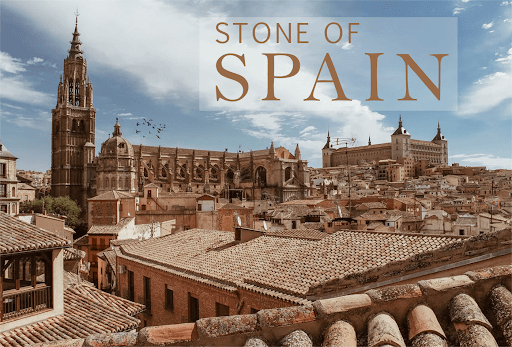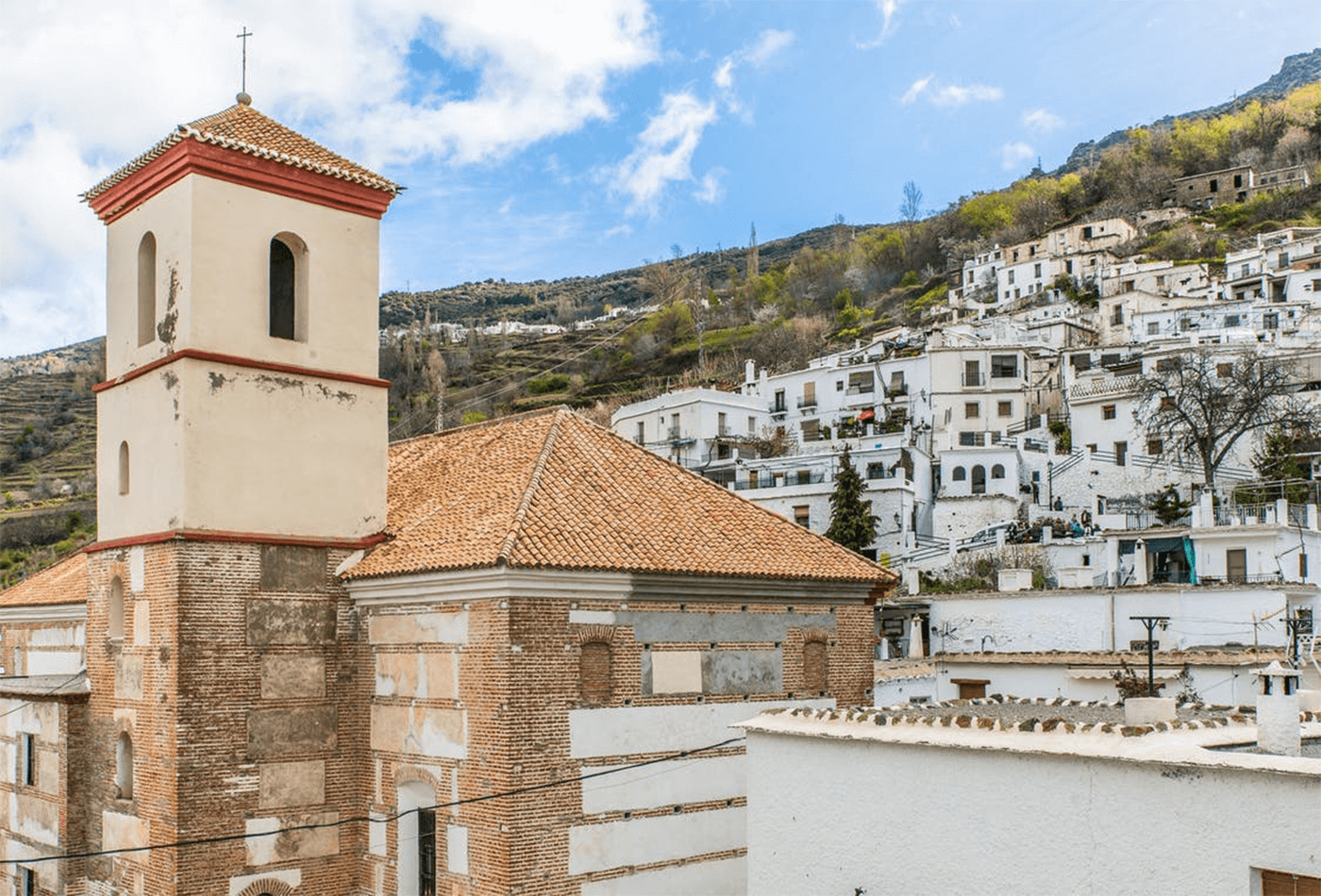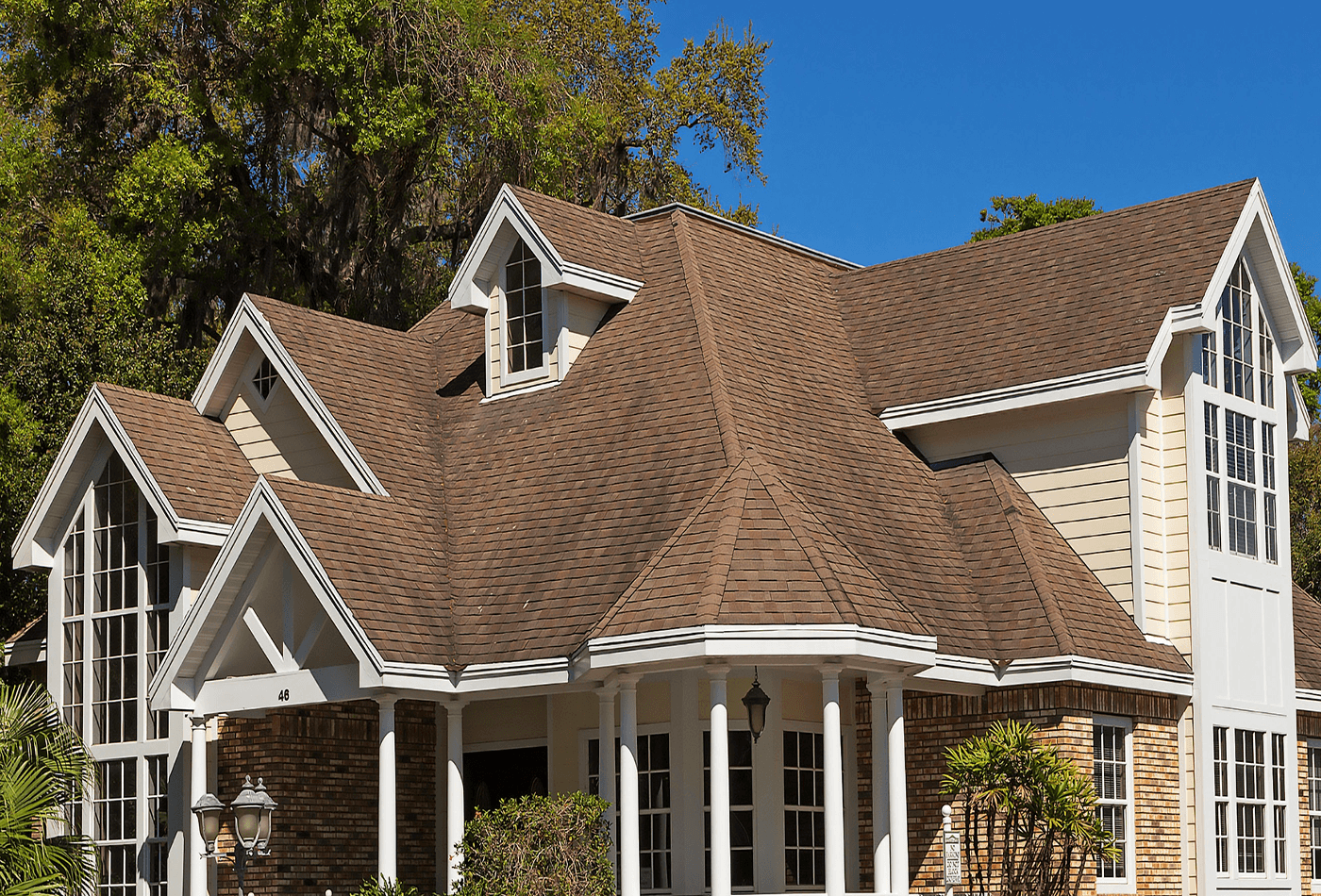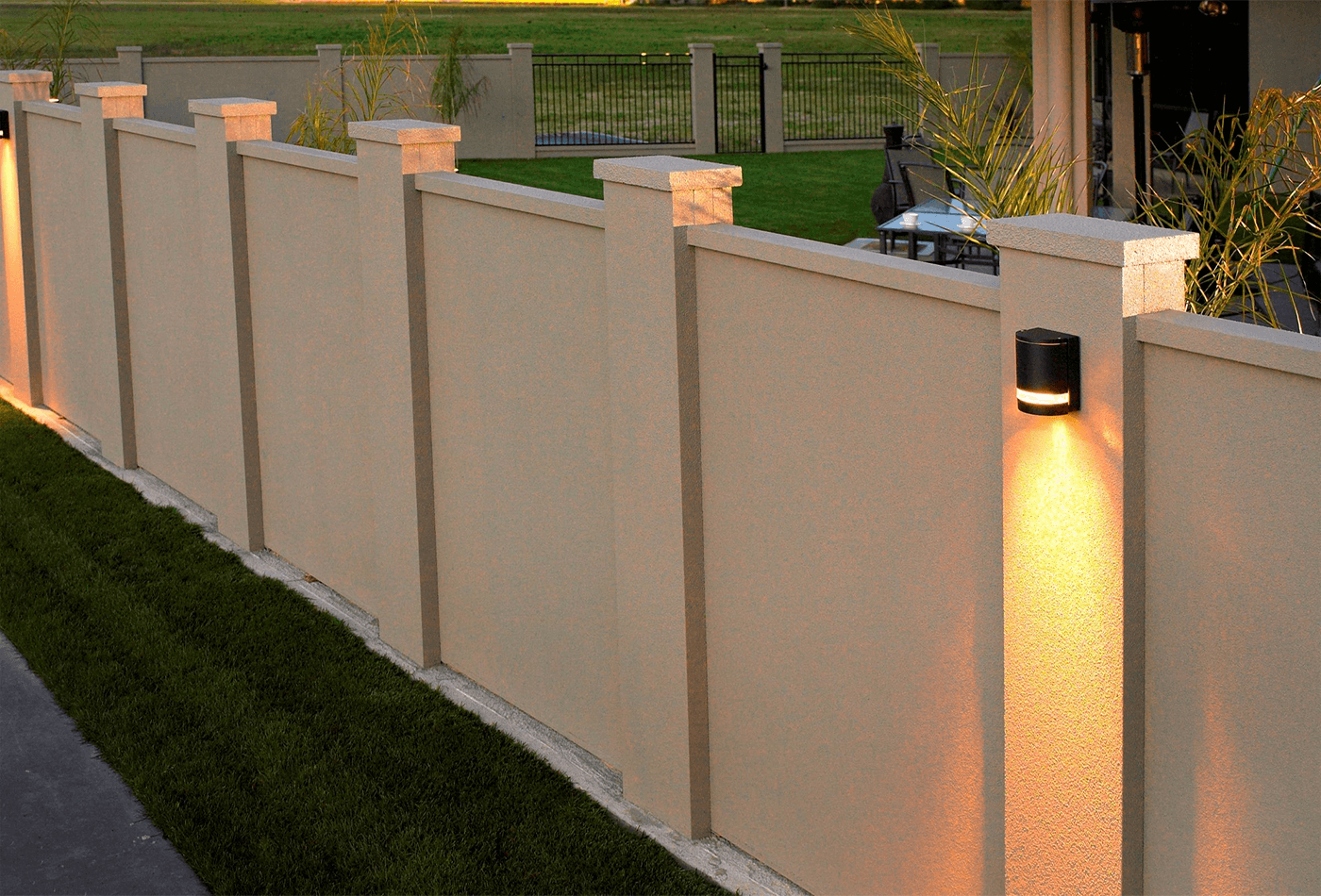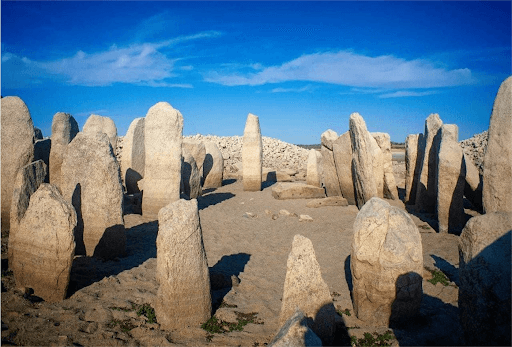Stones of Spain; The Marvellous Appearance to Your Home.
Traditionally, Stones of Spain homes were built with adobe or mud-brick which is durable and also extremely heavy. These houses have red-tiled roofs and clean stucco walls. Monterey, Mission style, and Moorish are the terms used for building styles in Spain.
The Spain Houses
The Roofs
The iconic barrel roof tiles are typically found in earthy and warm colours. Traditionally, these roofs were made from terracotta clay and slate due to their ability to withstand intense heat. Terracotta and slate roofs remain exceptionally durable, equivalent to these days concrete ones, with an added advantage of being environment friendly.
The Stucco Walls
The clean and sturdy walls support the red tile roof. The walls cover other materials of building from natural elements, which are often in white and creamy columns.
Wood Support Beams
It is an exposure of wooden beam support with a farmhouse style. It is a key element in Stones of spain architecture. These wooden beams support the roof.
Simple Embellishments
It is the controlled use of ornamentation. They adorn the large expanses of exterior walls.
Arches and Curves
Spanish homes are rectilinear in nature due to the common practice of adding to existing structures. Spanish design elements highlight arches and curves. Smooth archway entryways, cylindrical turrets are all common practices.
Other Elements of Spanish Architecture
Arcades, Courtyards and Patios, Ornamental ironwork, Balconies, Tower Chimneys are the other elements of Spain’s architecture.
|
|
Stone Usage and Durability:
The durability of a building stone, according to Bell (1993), is a measure of its ability to resist weathering and thus retain its original size, shape, strength, and appearance over an extended period of time. As-built heritage materials resist decay differently; special care is required if constructions are to last for an extended period of time. The specific resistance of each type of stone is determined by its petrophysical properties such as density, water absorption, porosity accessible to water/Hg percentage, microporosity percentage, and so on.
History of Stone and Evolution in Construction:
Spain has given place to many varieties of natural stones in the past, which of course has added to its heritage and culture. The proximity factors of geological resources decided the usage of stones for construction in Spain in the past, current technological advancements in the stone industry in Spain drastically increased the usage of natural and engineered stones.
Flint is a natural stone available locally in Spain and this particular stone material was primarily used as a building material between the 9th to 11th centuries.Then came the invasion of dolostone which occupied the construction industry till the 17th century.
(Flint – Natural stone of Spain)
(Granite Formation – Guadarrama Mountain range)
After the 17th century, the Guadarrama Mountain range’s large reserves of granite came to usage. Granite was mainly quarried in the Alpedrete area. Granite stones are traditionally called Berroque in Spain.
(Limestone Quarry in Spain)
Limestone, which is known as Colmenav stone together with Baroque, became one of Madrid’s traditional building stones. They are used to till today for their durability.
Alpedrete Monzogranite, Zarzalejo Monzogranite, Reduefia Dolostone, Torrelaguna Dolostone, Colmenar Limestone, Flint, and Bernardos slate are the stones of Spain to reign over the industry.
Times prior to the Industrial Revolution and the rise of technocratic criteria, the aesthetic features of stones, primarily the colour became value factors. The preferred colour of stones happened to vary over time with fashion and with the tastes of builders and architects.
The aesthetic looks and the perception of the values of buildings in cities were defined by the traditional stones. In Spain, the usage of stones in cities varies because of changing aesthetic values, workability, inland transport connections and a fuller understanding of material behaviour, decay.
Spain opened its first railway in the middle of the nineteenth century and new construction stones began to flow in from other regions of Spain and from other countries.
The region of Madrid has two groups of materials, distinguished as
- The igneous and metamorphic rocks of the Guadarrama Mountains in the north and north-west provides the widest varieties of granite, slate and porphyry;
The sedimentary rocks, comprising Cretaceous limestones and Dolostone in the north, Miocene limestones in the south-east and Flint near the city of Medina.
MONDARIZ / CREMA JULIA GRANITE |
ROSA PORRINO GRANITE |
CREMA MARFIL MARBLE |
Spanish Stones:
Alpedrete Monzogranite
A nomination for the Global Heritage stone resource. It is quarried in the Sierra de Guadarrama foothills, the province of Madrid. This is the best granite in Spain.
(Alpedrete Monzogranite – Granite of Spain)
Zarzalejo Monzogranite
It is a stone with excellent petrophysical properties and has proven durability. This granite is quarried in the Spanish central range and today, it is known as Blanco Rafaela.
Dolostone
Dolomite, also known as Dolostone, is a sedimentary rock composed primarily of the mineral dolomite, CaMg(Co3)2. It is found in sedimentary basins, worldwide. It is formed by lime and mud limestone by magnesium-rich groundwater.
(Dolomite – Spain Mineral Specimen)
Colmenar Limestone
Limestone is one of the traditional construction stones, mostly used in Madrid. It is known for its long term durability.
Stromboil Granite
Stromboli Granite is black granite with beautiful golden veins throughout the stone. It is a very popular choice and brings timeless beauty Into every Kitchen. Get a free quote with the fastest delivery around the UK.
Unique Portoro Quartz
Unique Portoro Quartz is pure black quartz with the grey veins that makes your kitchen even more special. These stones are people's favourite as black is a go-to colour for every homeowner, and it hides stains and scratches and looks clean and fresh.
Flint
Flint is a sedimentary cryptocrystalline form of the mineral quartz. Its usage dates back to millions of years. It was one of the first materials used to make tools by early people. They form as concretionary masses and less frequently as a layered deposit. It is called ‘Chert’ by geologists. In older days firearms, Flint was used as a source of the fire.
Flint is also a gemstone that is very durable and it accepts a bright polish and appears in attractive colours. It was the first construction material of Spain. Flintstones resist weathering better than almost any other natural stone.
Quartz Phyllite
(Quartz Phyllite of Spain)
The character and the value of modern and historic buildings lie in the quality of their materials and no other stone is more versatile and noble than the Quartz Phyllite. This is from the quarries of Bernardo’s, Spain,
DOLOMITI GRANITE |
UNIQUE PORTORO QUARTZ |
AZUL PLATINO GRANITE |
A Look at the Spanish Natural Stone Industry:
(Spanish Stonehenge)
There are more than 1000 companies devoted to working with marble, granite and slate in Spain, along with almost 700 quarries for materials. Today the Spanish natural stone industry, which is basically founded on the extraction of natural stone and its transformation and elaboration has become a point of reference within the world stone industry. The quantity of stone produced and the quality of Spain’s product make this country one of the world leaders in the field. According to the presentations at the Piedra 2008, the international trade fair in Madrid, Spain, its production value comes to 3.5 billion euros that are the US $5.5 billion. The majority of the companies operating in the industry are small and medium-sized enterprises, which constitutes a good part of the industrial fabric in Spain. The companies in the industry provide 35,000 direct jobs and 100,000 indirect jobs. It is mainly because of the considerable geological wealth of the Iberian Peninsula, particularly helping the exports to swell. It is one of the leading exporters of natural stone to countries like the US, Mexico, Germany, France, the UK and Ireland. Their competitors are countries like China, India, Egypt and Turkey on the international markets. As per one of the reports presented, with regard to the destination of Spain’s exports In terms of monetary value, 68% of the export value is shipped within the European Union mainly France 27%, the UK 13% and Germany 10%. The Us 14%, China 9% and the United Arab Emirates 4% are Spain’s main non – EU clients in terms of export value.
In terms of exports according to volume, China is the main destination with 26%. Followed by France 20%, the UK 10% and then come Italy, Ireland, Germany and Portugal.
With the imports, China is Spain’s most important trade partner, accounting for 25% of the import value figure. Imports from the European Union account for another 28%, mostly from Italy and Portugal. Other important countries with import values are Turkey 14%, India 12% and Brazil 11%

